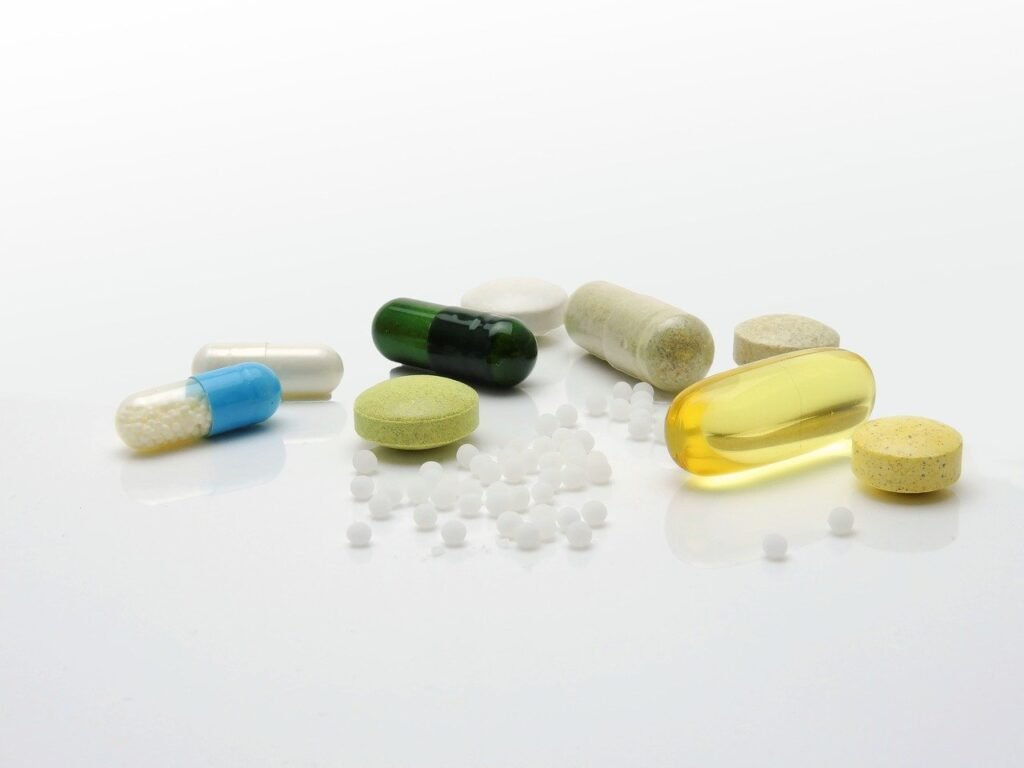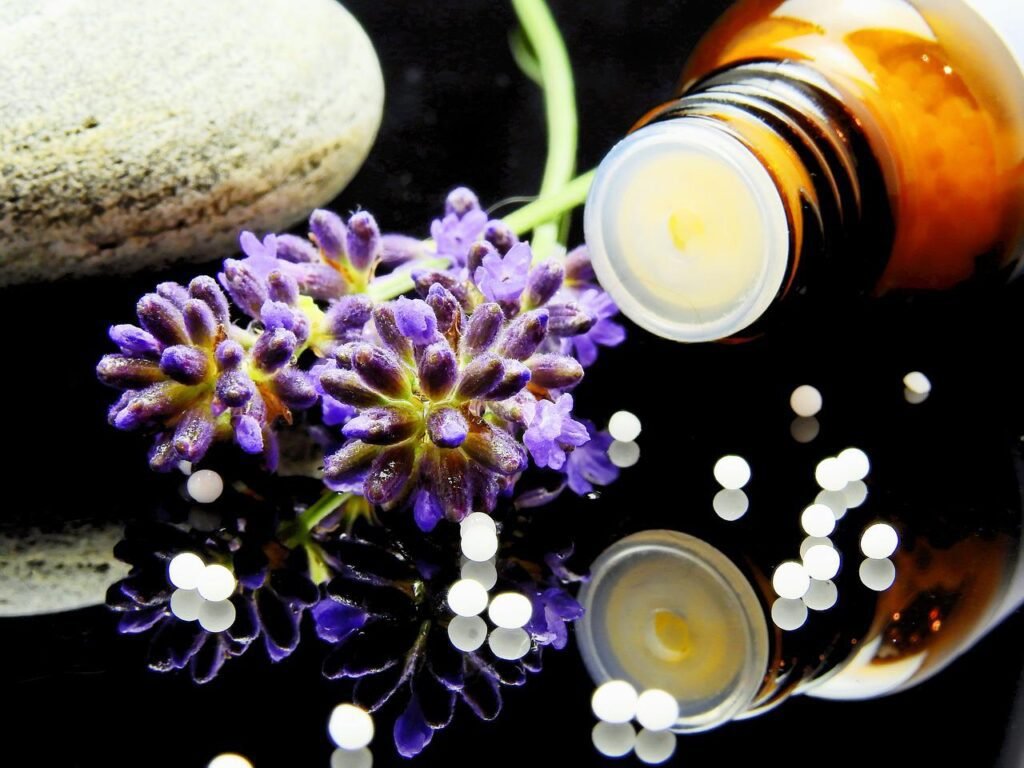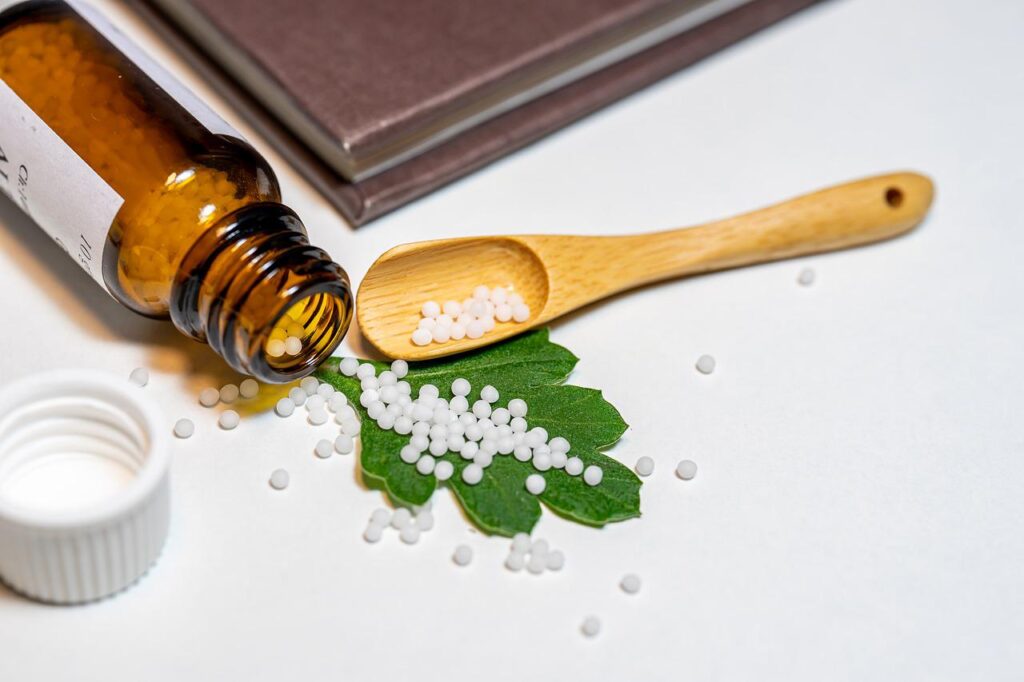Homeopathy is the treatment of a disease by administering a minute dose of natural substances that in a healthy person would produce symptoms of the disease. It is an alternative medicinal practise that uses nano-doses of an active ingredient to help treat a disease, even if the active ingredient is the one contributing to the illness in the first place. It works on the concept of “like cures like”.
The active ingredients used in homeopathy are plant, animal or mineral-based. Commonly used ingredients include fresh or dried herbs, activated charcoal, vinegar, garlic, caffeine and stinging nettle plants. The active ingredients from these substances are extracted in specific ways and processed into tablets, ointments, gels and drops.
How does homeopathy work?
Does it make you wonder why using an ingredient to treat illnesses or health issues works when that very same ingredient is what caused the problem? The philosophy behind this method of treatment is that it helps stimulate the body’s immune system, thus encouraging it to heal itself. The body has its own innate ability to heal itself, and the practice of homeopathy triggers this response with its ingredients.
One of the main guiding principles of homeopathy is that the treatments must be highly individualised. It depends on the person’s specific symptoms, medical and lifestyle history and lastly, body parameters. For instance, if two people are getting treatment for the same illness, they can receive totally different treatments from their homeopathic doctors because of their unique requirements and assessment of how their bodies are expected to respond.
What sets this mode of treatment apart is that a person’s personality and emotions are very important. Therefore, be ready for your homeopathic doctor to have an in-depth talk with you about your stress levels, personal traits, relationships and family history. People respond differently to different doses of homeopathic medicines, and some may need higher doses of medicines depending on what their current situation is.
Homeopathic remedies like minerals, herbs or animal-origin products are processed to a certain concentration depending on the person’s needs. In addition to getting a complete understanding of the patient, supporting laboratory tests are also conducted. The lab results are always considered in light of the patient’s symptoms, needs and history. The idea is to provide holistic treatment to the patient.
The history of homeopathy
Founded in the late 18th century by a German physician, Samuel Hahnemann, it is coined from the terms “homoios”, which in Greek means similar and “pathos”, which means suffering, referring to the principle of the ‘law of similars’ that is the basis of the treatment in homeopathy. For instance, an onion makes your eyes water and your nose burn. If you are having an attack of hay fever with watering eyes and a burning nose, a homeopathic remedy made from onion can relieve it.
Another guiding principle of administering homeopathic medicine is to prescribe the least amount of medicine needed to evoke a healing response. This is called the ‘minimum dose’. Medicines are successively diluted to the point where they are therapeutic, but not redundant. This philosophy of administering medicine has been around since the time of the Mayans, Chinese, Greeks, Native American Indians and Asian Indians. It was Hahnemann who systematically codified the principles and gave it the structure we recognize today.
What is used in the preparation of homeopathic medicines?
There are various sources for homeopathic medicines. A large part of them is derived from flowers, roots and leaves of plants. Chemicals such as sulphuric acid and nitric acid also form the basis of some preparations. Many minerals and metals such as gold, silver, zinc, tin and iron are also used in the formulations. It might surprise you to know that some microbes, bacteria and viruses are also used in the preparation of certain medicines.
Source: https://www.femina.in/beauty/skin/benefits-of-homeopathic-medicine-85121.html



